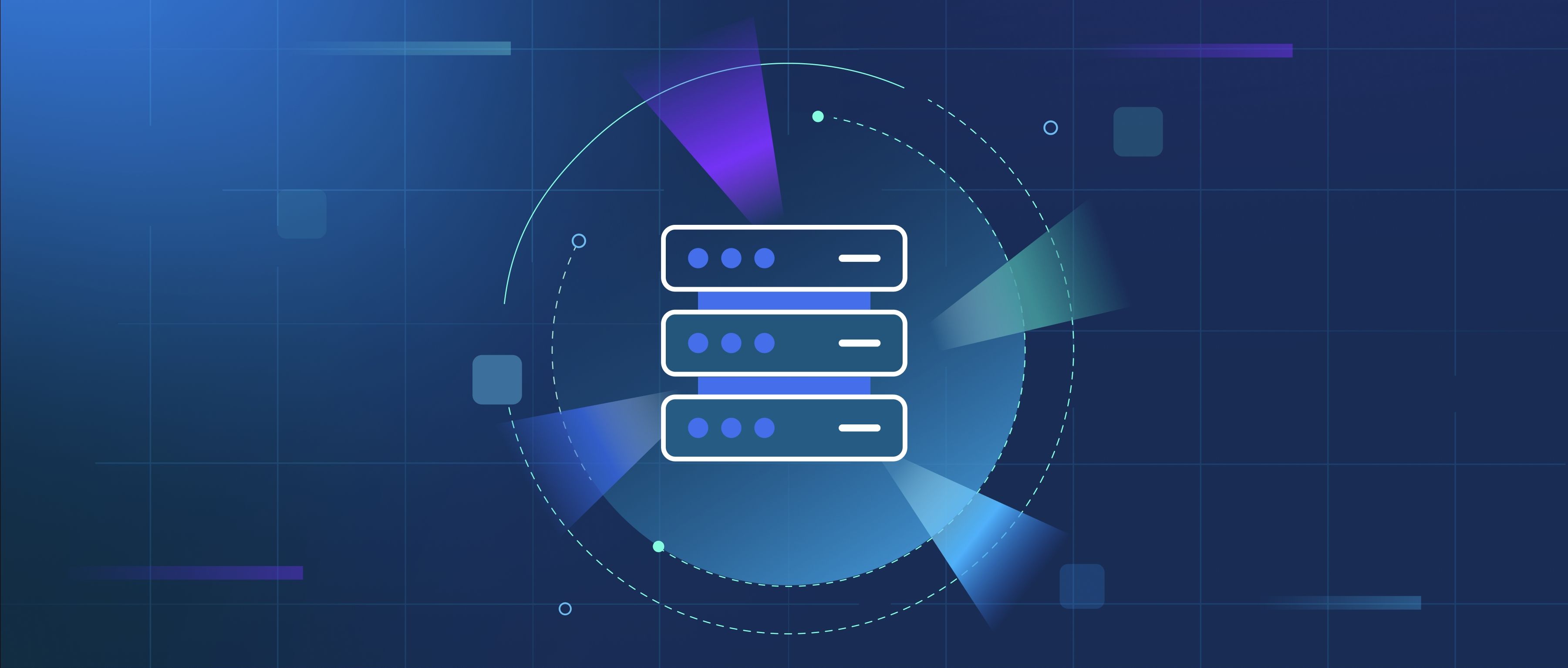Quantum error correction is a set of techniques used to protect quantum information from errors due to decoherence and other noise. Unlike classical bits, which can either be 0 or 1, quantum bits (qubits) can exist in superpositions of these states. This ability makes quantum computers powerful, but it also introduces unique challenges. Errors can occur during computation, typically caused by environmental interactions or imperfect operations. Quantum error correction addresses these issues by encoding information in a way that allows for the detection and correction of errors without directly measuring the quantum state, which would collapse it.
The importance of quantum error correction lies in its potential to make quantum computing viable for practical applications. For a quantum computer to perform complex calculations reliably, it must be able to manage errors effectively. Classical error correction codes have been used for decades to ensure the accuracy of digital systems. Similarly, quantum error correction is necessary to build a robust quantum system that can sustain long enough coherence times to complete calculations. For example, the Shor code and surface code are two well-known quantum error-correcting codes that help maintain the integrity of qubit states even in noisy environments.
In summary, quantum error correction is essential for the reliability and practicality of quantum computers. As quantum technology advances, effective error correction will be crucial for running complex algorithms and achieving fault-tolerant quantum computing. Without these techniques, the high error rates associated with qubits would render quantum computers unreliable for significant computations, limiting their potential applications in fields such as cryptography, material science, and complex system simulations.
